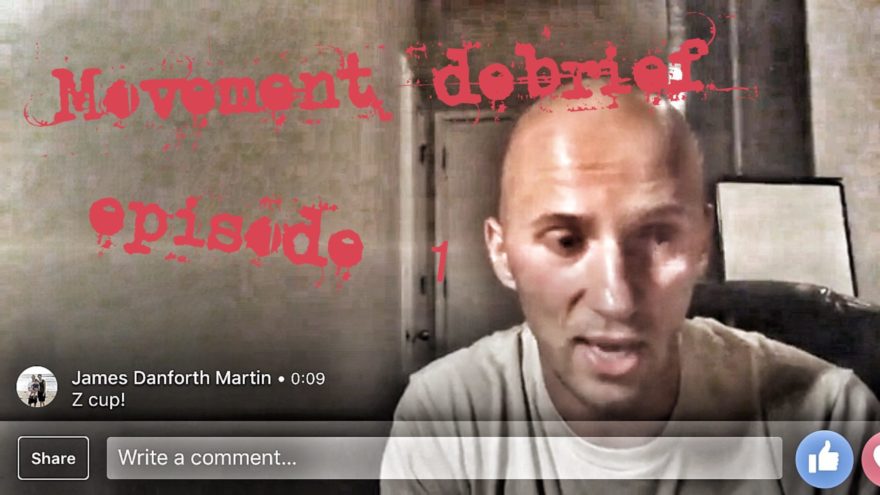This is a summary of the first section of the book “Explain Pain” by David Butler and Lorimer Moseley. Intro The major premise of this book is that pain is normal. It is the way that your brain judges a situation as threatening. Even if there are problems in the body, pain will not occur if your brain thinks you are not in danger. Explaining pain can reduce the threat value and improve pain management. And the good thing about explaining pain? Research shows that it can be an easily understood concept. Pain is Normal Pain from bites, postures, sprains, and other everyday activities are more often than not changes in the tissues that the brain perceives as threatening. This system is very handy, as often it keeps us from making the same mistake twice. I personally akin this to patients as recognizing a certain smell and that smell reminding you of something. Pain is often the reminder of previous injuries. Pain becomes problematic when it becomes chronic. This pain is often the result of the brain concluding that for some reason, often a subconscious one, that the person is threatened and in danger. The trick is finding out why. Pain Stories Stories are some of the best ways to relate pain to patients. There are many cases when you hear soldiers sustaining major injuries yet charging further into battle. On the flipside, take a look at paper cuts. The damage is very miniscule; however, the pain levels are huge.
Read More